Natural Pearls vs. Cultured Pearls: Benefits & Differences
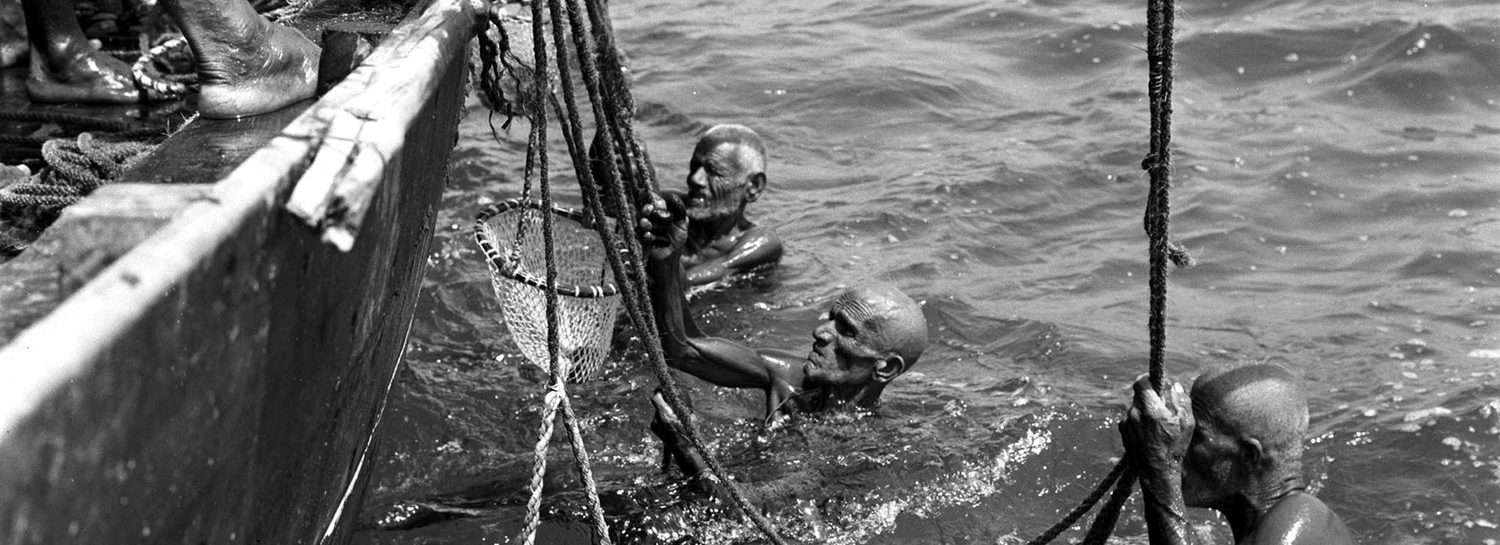

When it comes to authentic pearls, there are two types: natural pearls vs cultured pearls. Both come from an oyster or mollusk, but what is a cultured pearl? The truth is that both types are real gemstones, and it’s simply the way they are formed that makes them different.
Read on to learn more about the formation process of different types of both natural and cultured pearls and their place in the jewelry industry.
Natural pearls and cultured pearls are both real, so what makes them different? Well, it’s all down to how they began to form within an oyster, clam, or mussel.
A natural pearl is formed organically when an irritant finds itself inside the oyster’s soft tissue muscle accidentally. This irritant, such as sand or a piece of shell, activates the oyster’s defense mechanism, causing it to produce layers of secretions. This secretion — known as nacre — builds up in layers to slowly develop into a natural pearl.
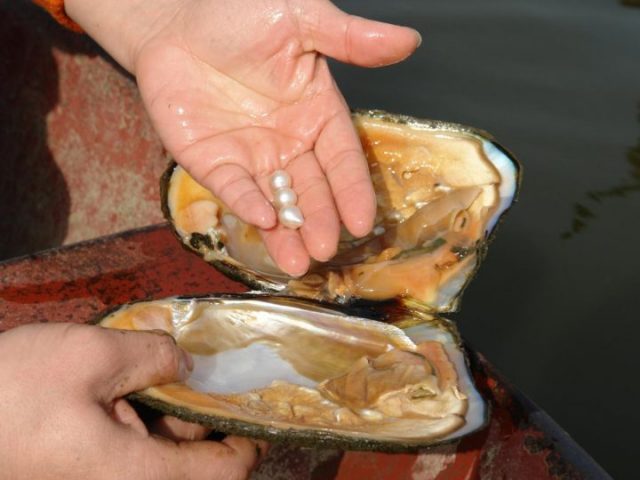
So, what’s the difference in the way a cultured pearl is formed? Basically, a cultured pearl is born through the very same process. However, the main difference between natural pearls vs cultured pearls is that the irritant doesn’t get inside the oyster by accident.
Pearl cultivation involves the process of pearl farmers physically inserting an irritant, such as a shell bead nucleus, inside the soft tissue of the oyster. From there, the layers of nacre are formed naturally, just like with natural pearls.
So, the main difference between natural and cultured pearls is the way the secretion process begins. With natural pearls, the process takes place in an ocean or river without any human intervention. Cultured pearls, on the other hand, require the assistance of pearl farmers to begin the nacre-forming process.
PEARL FACT: Kokichi Mikimoto was the first man to create a cultured pearl. The Japanese entrepreneur tested out various methods for two centuries in his own oyster beds, before receiving his patent for cultured pearls in 1896.
Natural pearls are created in the ocean, and it can take more than 100 000 wild oysters to make just one strand of pearls. And, with factors like sea-borne predators, habitat pollution, and over-fishing, finding quality gems when diving for pearls is becoming more and more rare. In fact, according to the American Gem Society, most of the ocean’s natural pearls have already been harvested by pearl divers.

This scarity means that the demand for — and value — of natural pearls is through the roof. As a result, pearl cost is one of the biggest differences between natural pearls vs cultured pearls.
Thankfully, cultured pearls are a supply solution that keeps pearls accessible to the general jewelry market.
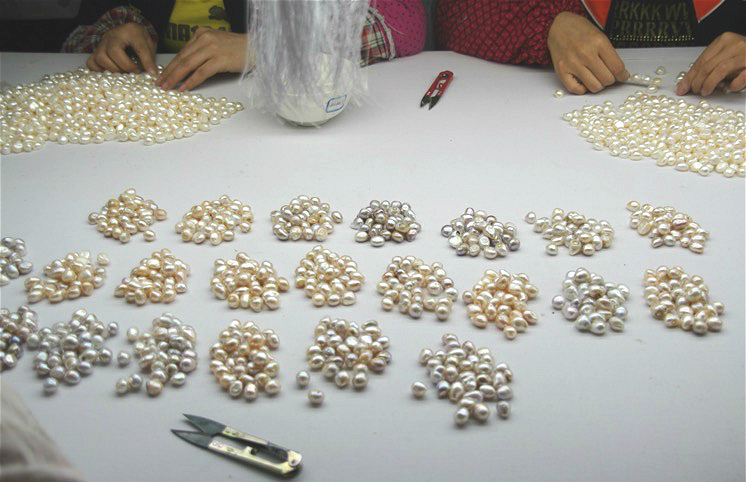
Because cultured pearls are created in controlled environments, the survival rates of farmed oysters are much higher. This allows pearl farmers to produce high-quality, authentic pearls at higher rates than what can be obtained by oyster divers.
Therefore, even though the quality of a cultured pearl is the same as that of a natural pearl, the cultured version is thankfully much more affordable because it’s more easily replenished.
PEARL FACT: Pearls are the only jewels in the world created by a living animal. Moreover, in comparison with gems dug from the earth, pearls are the only jewels in the world that do not need to be cut, polished or mined.
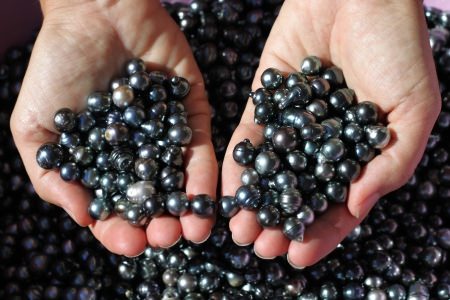
When comparing natural pearls vs cultured pearls, there are some advantages to both types of gemstones. Here are four of the benefits of cultured pearls over their ocean-life counterparts:
Once the irritant is placed inside the oyster, the rest of the cultured pearl growth process is natural. The oyster is tended to and nurtured by pearl farmers who want nothing more than a successful crop. With luck, experience
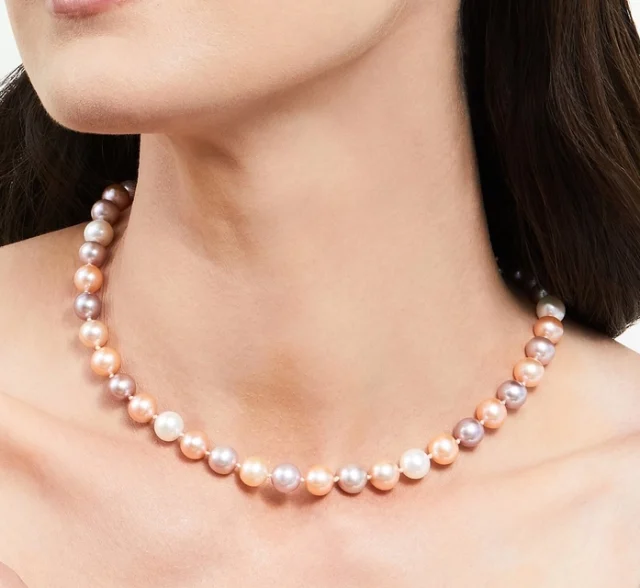
Given advancements in the pearl cultivation process, many now consider cultured pearls to be a superior choice for quality. Even freshwater pearls, generally the most affordable type, can be cultivated with a high surface quality and deep luster.
This means that it’s easier and more affordable than ever to find high-quality pearl jewelry!
Because natural pearls are so rare, they are extremely expensive. There are few, if any, left in the wild to harvest anymore. So, buying natural pearls means finding a vintage pearl or antique pearl jewelry, which often comes with astronomical costs.
Cultured pearls are nurtured on pearl farms, giving them pretty decent survival rates. And, to deflate one of the most common pearl myths floating around, cultured pearls are real pearls.
There are numerous dangers of diving for pearls in the open waters. In fact, this profession is so dangerous that it is almost obsolete these days. Yet, some still go out diving for oysters, hoping to come up with a valuable bounty of quality natural pearls. But the fact is that pearl divers risk suffering from run-ins with:
Unfortunately, reports of death within the pearl diving industry were common throughout its thriving years. This also contributes to the rarity and still-soaring costs of buying natural pearls. Cultured pearl farms are privately owned, and safe for both the cultivators and the oysters.
Pearl cultivation allows more control over the type of pearls produced, which results in more creativity in jewelry design. From classic round strands to funky baroque pieces, pearls can be cultivated in any color or look. In fact, almost all pearls on the market today are cultivated.
Just like natural pearls, cultured pearls are created in both freshwater and saltwater. Different types of oysters are used to cultivate different saltwater and freshwater gems in various:
This flexible cultivation process makes pearls one of the most versatile gems on the jewelry market. So, when shopping for natural pearls vs cultured pearls, expect to find more of a variety on the cultured market.
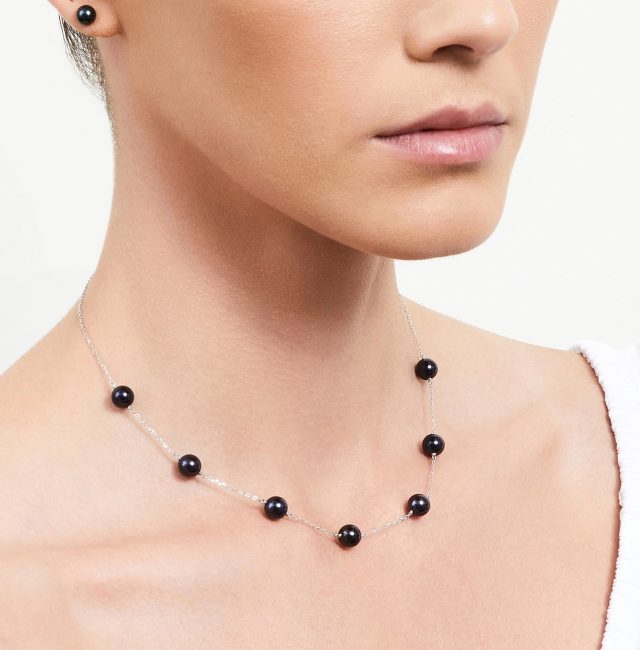
Station necklaces, also known as tin cup necklaces, are a chic way to wear pearls. Their subtle, modern look are easy to style from day to night, and can feature pearls of any color or look!
Cultured pearls are considered real pearls – but they aren’t formed without human intervention. Most pearls available on the market today are cultured. Natural pearls are much rarer and, therefore, much more valuable.
Cultured South Sea Pearls are the most valuable type of cultured pearl on the market today. These pearls come in a gorgeous variety of sizes, shapes and colors. A strand of South Sea pearls featuring large gems can be as expensive as $100,000 or more.
Both natural and cultured pearls are formed when an irritant enters the mollusk or oyster, causing it to respond to the irritant. The difference is that when cultivating pearls, the irritant is purposely placed inside the oyster through human intervention.
Pearls are a staple in the world of jewelry, and are a timeless investment in your style. While pearls were once reserved for royalty, high quality pearls are now accessible to most people thanks to pearl cultivation.

Now you understand the differences and benefits of natural pearls vs cultured pearls, you can shop with confidence. Cultured pearls are more affordable and more versatile than natural pearls, allowing you to build your dream pearl jewelry collection.
And, always remember, cultured pearls are real pearls!
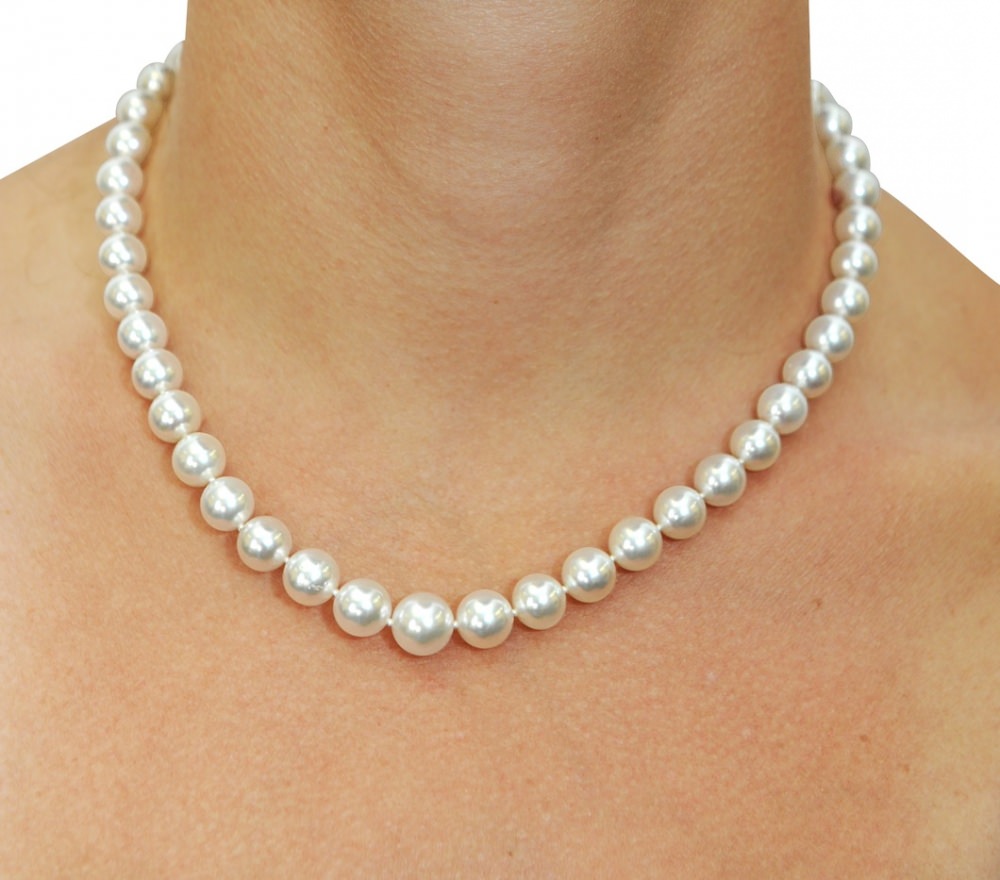
White South Sea Pearls are some of the most stunning, lustrous pearls cultivated today.
Celebrate their unique beauty with a bracelet, ring, a pair of earrings, or a necklace of these radiant gems.
Signup now and receive an email once I publish new content.